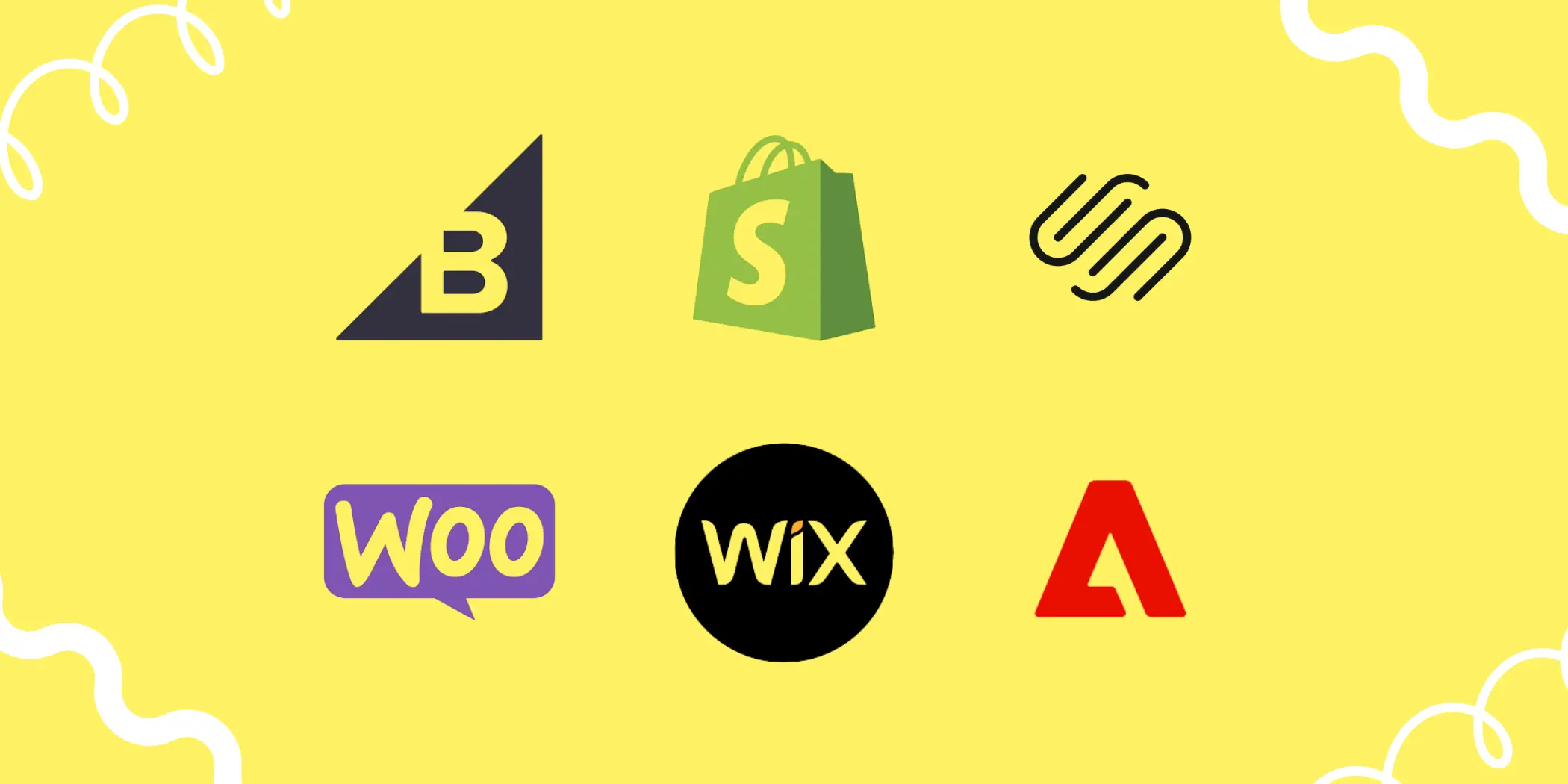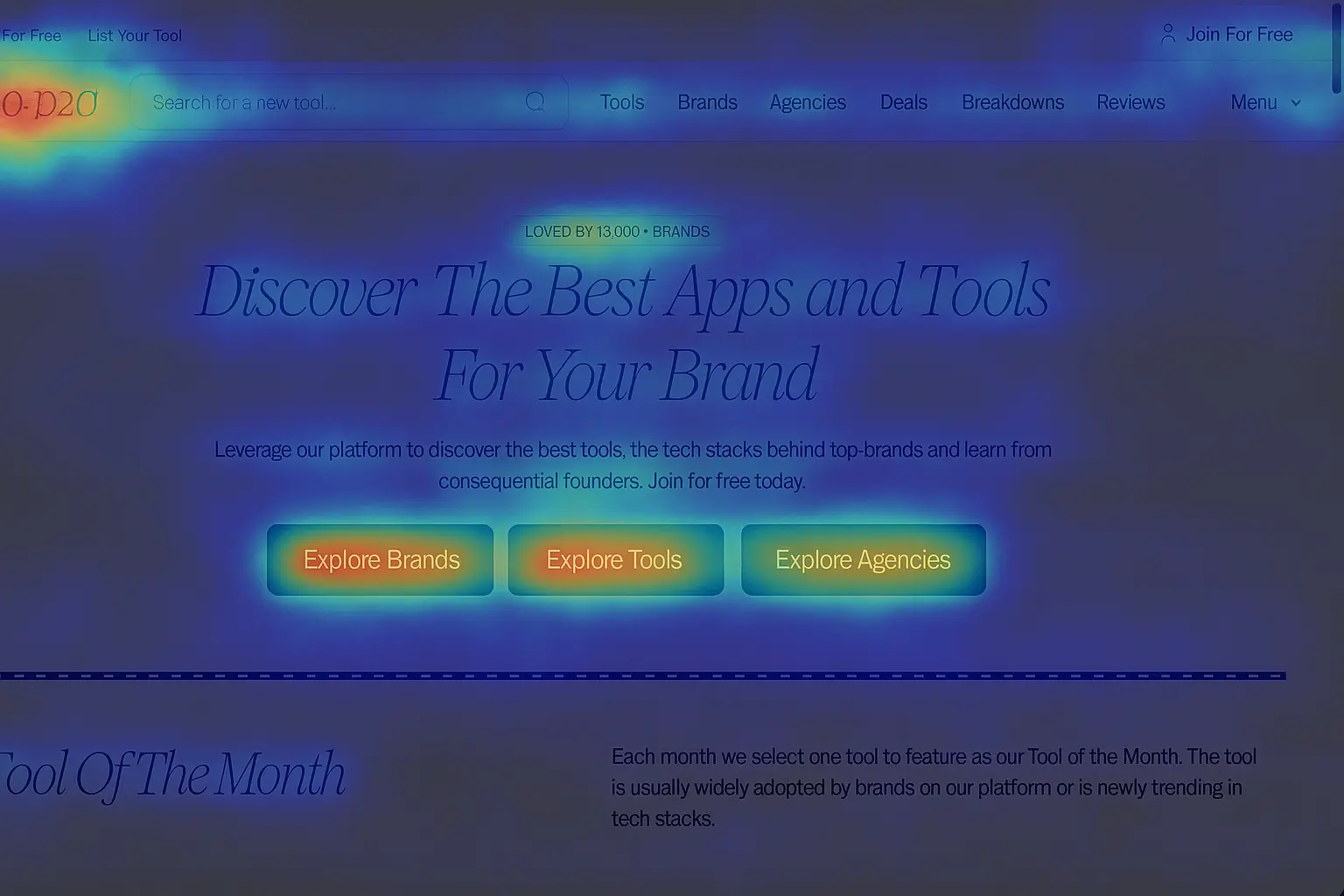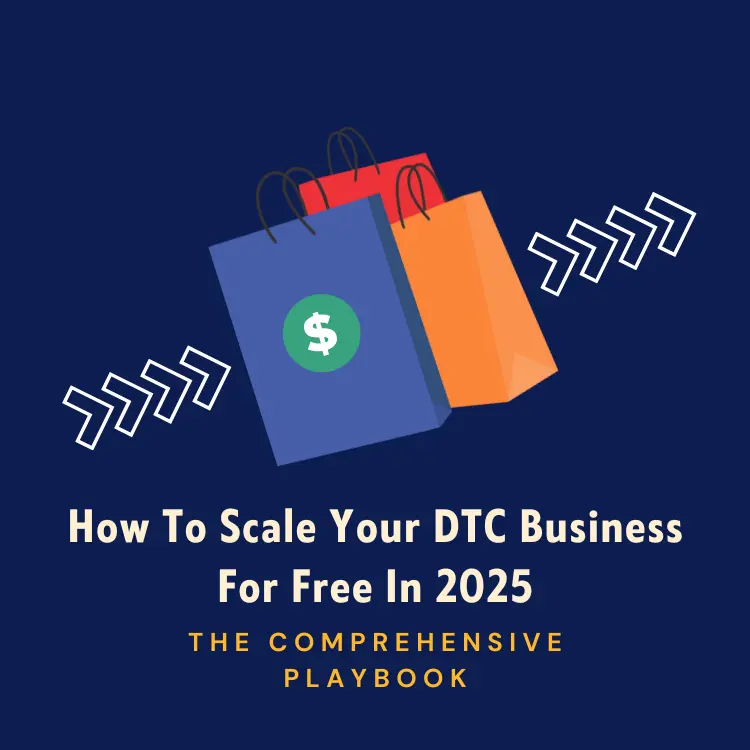
SEO is evolving and AI is changing the digital marketing landscape. However, it's still critical to have the right E-commerce platform to grow your online business, especially through organic search. While AI has changed top of funnel search behavior, E-commerce queries are still highly competitive for traditional organic channels. If you pick the wrong platform, it can be like setting your customer acquisition cost on fire, which snowballs into slower growth, bigger ad budgets, and an inevitable (and expensive) website redesign.
Below is a brand operator’s guide to the seven platforms that the 1-800-D2C trusts the most for boosting SEO and providing brands the strongest built-in advantages for web visibility.
[cta-btn title="Build Your Brand And Become A Member" link="/membership-pricing"]
Every E-commerce content management system (CMS) handles URLs, JS rendering, speed, and structured data a little differently.
Those differences outlined simply:
The hidden costs show up months later when your competitor on a cleaner website stack outranks you and steals non-branded clicks you thought were yours.
For most D2C brands these criteria carry equal weight; enterprises often rank speed and dev flexibility higher.
Any platform can rank with enough engineering muscle, but some make that road much shorter. Our job is to help you find the shortest path to success.
[single-inline-tool]
[pro-con]
[pro]
✅ Global CDN delivers sub-100 ms TTFB in most regions (thanks to Fastly), though results depend on theme optimization and geography.
✅ Clean admin for meta fields; thousands of SEO-focused apps—plus native JSON-LD schema in most Online Store 2.0 themes.
✅ Optional headless routes via Hydrogen (Next.js) offer future-ready SSR performance with Vite and React, ideal for teams considering a progressive migration path.
[/pro]
[con]
❌ Locked URL folders like “/collections/” and “/products/” remain rigid, sparking endless debate among technical SEOs over canonical control and URL structure.
❌ Robots.txt is editable, but Shopify retains hardcoded blocks on some system paths (e.g., /cart, /orders), limiting full crawl control.
[/con]
[/pro-con]
Ideal Fit: 1–10k SKUs, lean internal dev resources. Particularly strong for DTC brands and subscription models using Recharge or Skio.
Brand Operator Tip: Stick to a lightweight theme like Dawn and serve images in WebP (via Shopify’s built-in _x.webp syntax) for instant LCP gains. Also lazy-load below-the-fold images and defer third-party scripts to squeeze more speed from mobile.
[pro-con][pro]
✅ Sits on WordPress, so you control server rules, permalinks, PHP version, and every plugin imaginable—just be mindful, freedom here means more room for misconfigurations.
✅ Yoast and Rank Math make schema, breadcrumbs, and meta updates almost frictionless, with WooCommerce-specific schema and dynamic control over meta directives.
✅ Unlimited blog depth, custom post types, and full content hierarchies—ideal for topical SEO and programmatic editorial builds.
[/pro][con]
❌ Hosting burden is yours; misconfigured plugins, bloated page builders, or lack of caching can tank performance and inflate TTFB.
❌ Requires ongoing updates and security patches—especially for plugin-heavy setups often targeted by bots or known exploits.
[/con][/pro-con]
Ideal Fit: Brands with in-house WordPress talent and editorial heavy lifting. Perfect for publishers or commerce teams with long-tail SEO ambitions.
Brand Operator Tip: Deploy on a managed host like WP Engine, Kinsta, or Cloudways to nail Core Web Vitals without babysitting servers—benefiting from Redis, Brotli compression, and automatic patching out of the box.
[pro-con][pro]
✅ Clean, customizable URLs with no forced sub-folders—flat structures like /blue-shoes or /category-name are SEO-friendly by design.
✅ Server-side rendering plus Akamai CDN helps keep CLS and LCP in the green, assuming themes are optimized and JS is kept lean.
✅ Native AMP templates for product/category pages and a custom robots.txt editor give SEOs full technical control—plus built-in sitemap.xml and 301 redirect tools.
[/pro][con]
❌ Smaller theme and app ecosystem than Shopify, though integrations tend to skew enterprise-grade (e.g., tax, ERP, shipping).
❌ Revenue caps per plan tier—Standard tops out at $50k/year, Plus at $180k, and Pro at $400k before surcharges kick in.
[/con][/pro-con]
Ideal Fit: Mid-market catalogs (10k–100k SKUs) or hybrid B2B/B2C sellers needing shared inventory, ERP integration, or channel sync with Amazon/eBay.
Brand Operator Tip: Enable the “Auto AMP” toggle and BigCommerce will serve AMP on all product pages—no extra code required. Bonus: product schema and Google Merchant Center feeds are supported out of the box.
[pro-con][pro]
✅ Full code ownership and multi-store hreflang out of the box—ideal for multilingual, multi-domain SEO at scale.
✅ Elasticsearch powers robust on-site search with real-time filtering and relevance tuning; optional Adobe Live Search adds AI-enhanced results.
✅ Rich schema modules (via extensions like Mageworx or Amasty) support structured data across complex catalogs, including products, reviews, and breadcrumbs.
[/pro][con]
❌ Total cost of ownership is high; even core upgrades require staging, dev-ops, and QA to avoid regression.
❌ Duplicate-content trap: layered navigation can spawn thousands of near-identical URLs unless “canonical to parent” is set or faceted URLs are properly disallowed.
[/con][/pro-con]
Ideal Fit: Multi-brand portfolios, international rollouts, 100k+ SKUs. Also well-suited for in-house IT teams or ongoing agency retainer setups.
Brand Operator Tip: Host on scalable cloud infrastructure (e.g., Adobe Commerce Cloud with Fastly edge caching) to meet speed benchmarks. For self-hosted builds, use NGINX + Varnish + Redis, or modern frontend stacks like Hyvä or PWA Studio.
[pro-con][pro]
✅ Intuitive visual editor and “Wix SEO Wiz” onboarding workflow streamline early setup for non-technical founders.
✅ Built-in structured-data toggles and instant SSL—common schemas like Product and Breadcrumb are pre-configured out of the box.
✅ Designers can assign alt text, headings, and enable JSON-LD for key templates without code; deeper schema control is possible via Dev Mode.
[/pro][con]
❌ JavaScript-heavy pages can slow TTFB on large catalogs (>500 SKUs), especially when overloaded with animations or third-party scripts.
❌ Limited when scaling international stores—Wix Multilingual exists, but lacks native hreflang logic, geo-IP redirects, or regional subfolder control.
[/con][/pro-con]
Ideal Fit: Solo founders testing product-market fit or launching MVPs without engineering resources. Also solid for marketers wanting visual SEO control.
Brand Operator Tip: Enable the “Performance Boost” beta and limit third-party app installs to keep JS bundles small. Also consider lazy-loading media and disabling scroll-triggered effects to improve LCP and CLS.
[pro-con][pro]
✅ Blazing-fast Danish servers; consistent sub-1 s load times across the Nordics, backed by advanced optimization like image compression and file merging.
✅ Dynamic meta fields like [YEAR] and [SEASON] that auto-update key CTR levers for seasonal relevance.
✅ Responsive Danish-language support via email, video, and a private merchant group.
[/pro][con]
❌ Smaller partner ecosystem outside the EU, with most integrations geared toward local Nordic services.
❌ Admin interface is currently only in Danish, which may limit use for non-Danish speakers.
[/con][/pro-con]
Ideal Fit: Nordic SMBs prioritizing speed, native integrations, and localized support.
Brand Operator Tip: Pair with a local CRO agency (searchable via directories or Nordic networks) for best results—1800D2C may not include Denmark-based partners yet.
[pro-con]
[pro]
✅ Award-winning templates and optional image compression (manual or via third-party tools).
✅ Built-in blogging and optional AMP support for articles.
✅ Designers can tweak alt text directly in the UI; basic JSON-LD via Code Injection.
[/pro]
[con]
❌ Rigid URL paths; no native support for nested product categories.
❌ Limited product variant depth (max ~250 per item) and weaker internationalization for multi-currency and localization.
[/con][/pro-con]
Ideal Fit: Lifestyle brands with fewer than 250 SKUs where visual storytelling outranks deep technical tweaks.
Brand Operator Tip: Use Code Injection to add advanced schema markup for review snippets.
Our scores reflect the nine criteria averages and 1-800-D2C community feedback.
To ensure a smooth website migration without damaging your SEO rankings, start by mapping every old URL to its new counterpart using 301 redirects before making the switch. This is especially important if you're performing the switch to have better website architecture and website structure. It's crucial to preserve canonical tags and maintain the internal linking structure during this process.

Before going live, launch the site on a password-protected staging domain and use a tool like Screaming Frog to recrawl and identify potential issues early. This way you catch everything before committing to the website redesign.
After the site is live, closely monitor Google Search Console for crawl errors, shifts/hangups in Core Web Vitals, and any unexpected dips in CTR/rankings. This simplified, proactive approach helps mitigate risks and protects your organic search visibility throughout the transition.
But remember, for some CMS/E-commerce platform transitions, all ofthis can be as simple as a few button clicks and meeting with a customer service rep from any of the aofrementioned entities.
Choosing the right eCommerce platform depends on aligning SEO fundamentals with your team’s capabilities and long-term growth strategy. Every brand build and launch is unique, there’s no one-size-fits-all solution. Shopify and BigCommerce are ideal for brands seeking a quick launch with strong technical SEO baked in.
However, WooCommerce and Magento provide greater flexibility for content depth and customization if (big if) you have sufficient developer resources to utilize these perks. As a brand operator, you'll need to assess your top contenders against nine key criteria, and then validate your choice based on catalog size, team capacity, and international ambitions. This strategic approach ensures the platform you select will scale effectively with your booming D2C enterprise.
[inline-cta title="Discover More With Our Resources" link="/resources"]

Shopify is a commerce platform that allows anyone to set up an online store and sell their products. It's the go-to eCommerce platform for young direct-to-consumer brands. Its ease of use and setup is what's most attractive to merchants, but also the incredibly vast Shopify app store.



